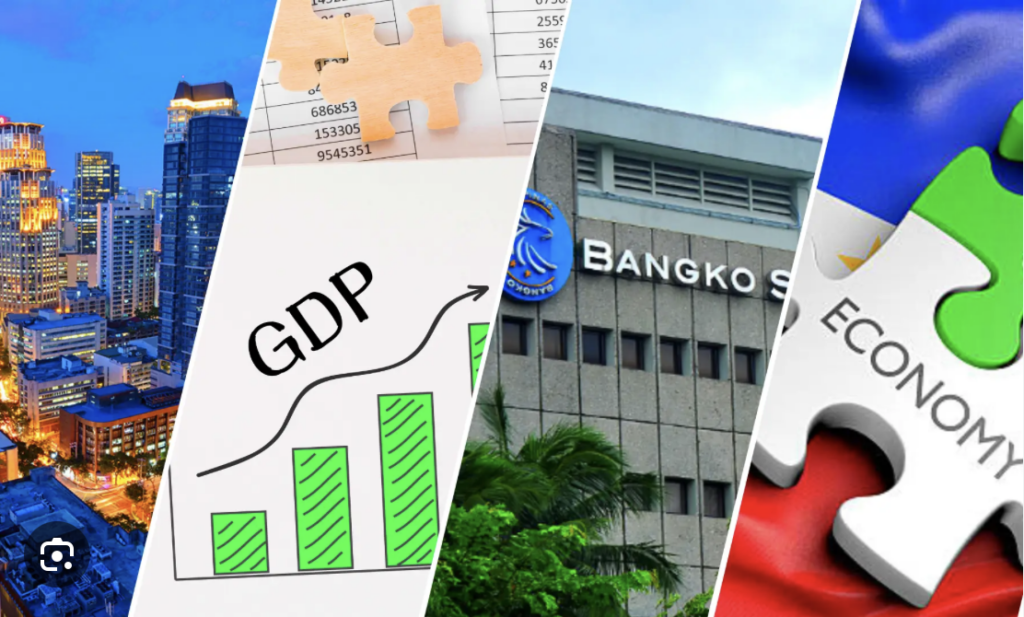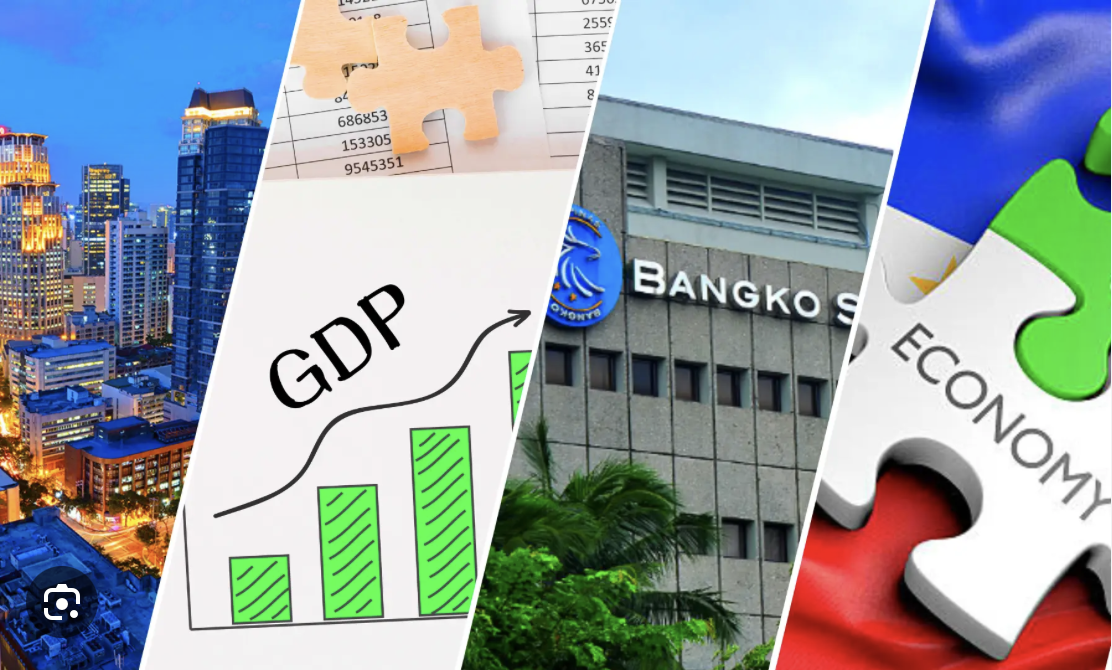The Philippines’ foreign debt climbed in the third quarter of 2024, reaching US$139.64 billion, a 7.3% increase from the previous quarter. While this rise may seem concerning, the Bangko Sentral ng Pilipinas (BSP) assures that the country’s foreign debt remains at a manageable level.

The increase was primarily driven by both the government and private sector borrowing to fund various projects and operations. The government issued US$2.5 billion in global bonds and borrowed US$1.44 billion from international lenders. Meanwhile, businesses also sought to expand and boost their working capital, leading to increased borrowing.
Furthermore, foreign investors showed strong interest in Philippine debt securities, particularly during the third quarter, contributing significantly to the debt increase.
Despite the rise, the BSP emphasizes that key indicators point to a sustainable debt level. The debt-to-GDP ratio, which measures the country’s debt relative to its economic output, remains at a prudent 30.6%.
Moreover, the country’s foreign exchange reserves remain ample to cover short-term debt obligations.

In a media advisory posted in July this year, the BSP had announced that the Philippines has successfully met its ambitious target of digitalizing half of its retail payments and is now on the right track towards achieving its goal of being a cashless economy.
As of 2023, an impressive 52.8 per cent of monthly retail transactions are now being conducted digitally, marking a significant milestone in the country’s journey towards a cashless economy.
Key factors driving the increase in foreign debt:

- Government borrowing: The government actively sought to raise funds for various development projects and programs, leading to increased borrowing from international sources.
- Private sector demand: Businesses across different sectors increased their borrowing to support expansion plans, invest in operations, and improve working capital.
- Foreign investor appetite: Foreign investors showed strong interest in Philippine debt securities, particularly during the third quarter, due to factors like anticipated US interest rate cuts and a weakening US dollar.
Key takeaways from the report:
- While the Philippines’ foreign debt has increased, key indicators suggest that it remains at a manageable level.
- The government and private sector continue to borrow to fund development and economic activities.
- Foreign investor confidence in the Philippine economy remains strong.
The BSP continues to closely monitor the country’s external debt situation and will implement necessary measures to ensure its sustainability.







